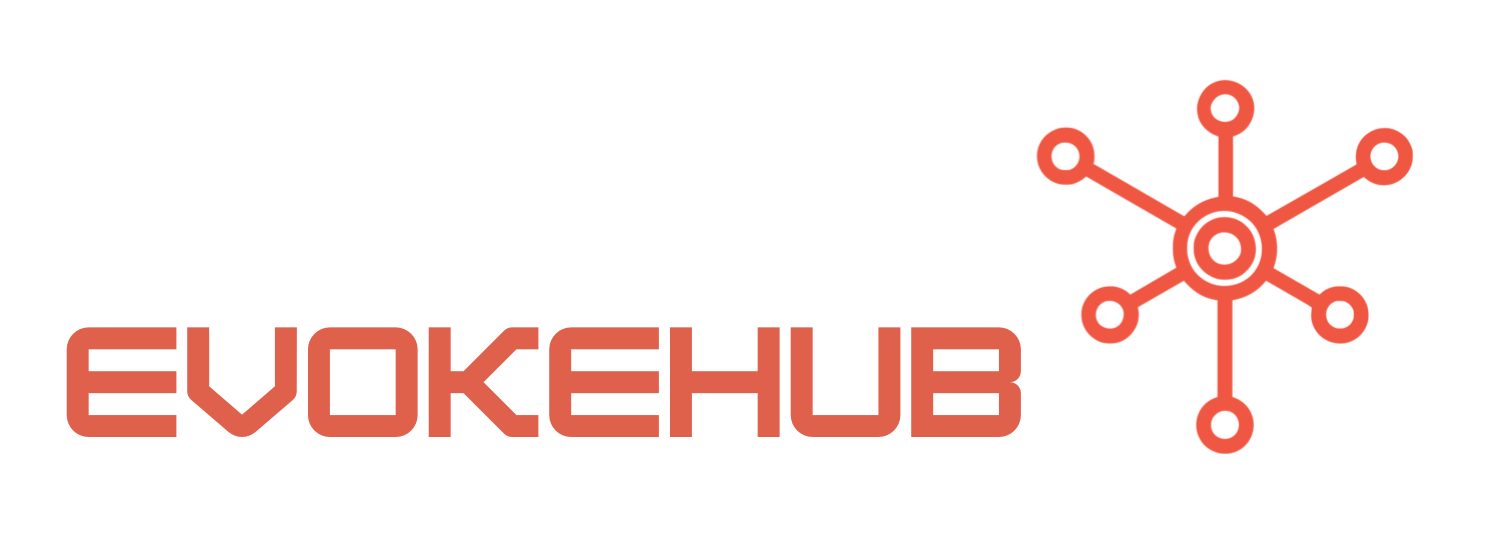Streamlining Security Protocols with Azure Sentinel Automation
The automation features in Azure Sentinel simplify security operations by reducing the time and effort required to manage security incidents. Through playbooks, which are essentially a set of predefined procedures, security teams can automate repetitive tasks—including alert triaging, threat investigation, and incident response. This not only minimizes human error but also allows security analysts to focus on more strategic activities, thereby enhancing overall productivity. Organizations can create custom workflows tailored to their unique security needs, ensuring a streamlined response to threats.
In addition to playbooks, Azure Sentinel integrates seamlessly with other Azure services and third-party solutions, enabling organizations to create a cohesive security ecosystem. This connectivity allows for real-time data sharing among different platforms, enhancing situational awareness and enabling more effective incident response. As alerts are generated, automated workflows can trigger actions such as quarantining affected resources or notifying relevant personnel, ensuring swift and effective remediation.
Moreover, the flexibility of Azure Sentinel’s automation capabilities empowers organizations to adapt their incident response protocols as threats evolve. By utilizing machine learning and AI-driven analytics, Azure Sentinel can identify patterns in security incidents, enabling automated adjustments to detection and response strategies. This dynamic approach not only bolsters security but also ensures that organizations remain resilient in the face of an ever-changing threat landscape.
Key Benefits of Automated Incident Response in Cloud Environments
Automated incident response provides organizations with rapid detection and resolution of security threats, significantly reducing the potential impact of security breaches. In cloud environments, where resources are vast and diverse, the speed at which threats are addressed is crucial. Automated responses can drastically cut down the incident response time, allowing organizations to neutralize threats before they escalate into major breaches. This immediacy is particularly vital in environments where real-time data access is critical for business operations.
Another significant benefit of automation in incident response is the enhancement of consistency and reliability. Automated systems follow well-defined protocols, ensuring that every incident is handled uniformly, regardless of the personnel involved. This consistency minimizes the risk of oversight that can occur with manual interventions, enhancing the organization’s compliance posture and reducing exposure to regulatory penalties. Additionally, automated incident response logs every action taken, creating an audit trail that supports compliance initiatives and helps in post-incident reviews.
Lastly, the cost-effectiveness of automated incident response cannot be overstated. By minimizing the need for extensive manual intervention, organizations can allocate resources more effectively, directing skilled personnel towards proactive security measures rather than reactive measures. This not only optimizes operational costs but also contributes to a culture of continuous improvement in cybersecurity practices. In a time when budget constraints are common, automating incident response can lead to significant long-term savings while enhancing security capabilities.
In conclusion, automating incident response with Azure Sentinel provides organizations with robust benefits that enhance cloud security. By streamlining security protocols, organizations can respond swiftly and effectively to threats, maintaining a strong security posture even in the face of increasing cyber threats. The added advantages of consistency, reliability, and cost-effectiveness further underscore the importance of integrating automation into incident response strategies. As cloud environments continue to expand, leveraging tools like Azure Sentinel is not just an option but a necessity for modern cybersecurity. For more information on Azure Sentinel and its capabilities, you can visit Microsoft Azure Sentinel.




